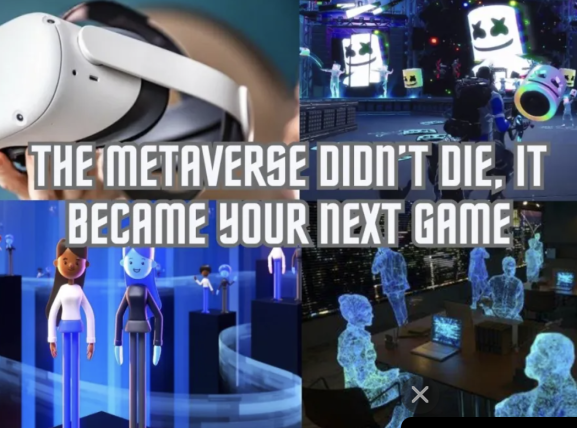PUSHING BOUNDARIES FOR IMMERSIVE EXPERIENCES WITH QUANTUM TECH
Quantum technology has emerged as a rapidly advancing field, pushing the boundaries of what we thought was possible. By leveraging the principles of quantum mechanics, this technology transcends traditional computing, unlocking immense computational power that paves the way for immersive experiences.
One area where quantum technology is making significant strides is in virtual and augmented reality (VR/AR) applications. By leveraging the principles of superposition and entanglement, researchers are exploring ways to enhance user experience through more realistic simulations and interactions.
In virtual reality and augmented reality environments, users are immersed in a computer-generated world, experiencing sights and sounds that feel almost indistinguishable from reality. This is made possible by complex algorithms that generate images and audio based on user input and feedback. However, traditional computing has limitations when it comes to handling these complex calculations in real-time, leading to less immersive experiences.
Quantum technology offers a solution to this problem through its ability to process vast amounts of data simultaneously. Explore the latest research of Dr Ma Xuezhi, a scientist at Q.InC, in collaboration with the leading author Prof. Ma Yuan at Hong Kong Polytechnic University and his team, as they enhance haptic interfaces for immersive metaverse experiences. Featured in Device, a sister journal to Cell, their work examines how haptic technology can elevate virtual and augmented reality by introducing the vital sense of touch alongside visual and auditory elements. This allows for more detailed and realistic simulations, resulting in a heightened sense of presence for users. Additionally, haptic interfaces can provide more accurate tracking of movements and interactions within the virtual environment, making the experience even more seamless.
Despite its promise, developing effective haptic feedback devices faces challenges, including rendering capabilities, technical readiness, and cost considerations. This research emphasises the urgent need for innovative, commercially viable haptic technologies designed for the metaverse while addressing existing integration barriers.
To overcome these obstacles, Xuezhi proposes several exciting research directions: advancements in materials and interface design, leveraging multi-output technologies, combining various driving mechanisms, and incorporating diverse haptic cues.
Quantum News







